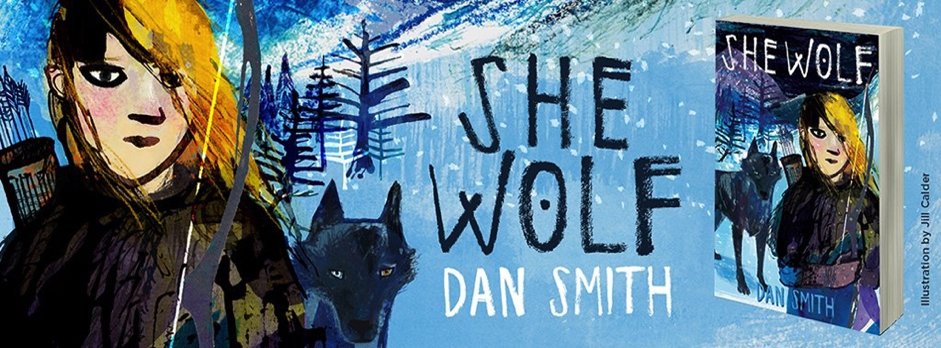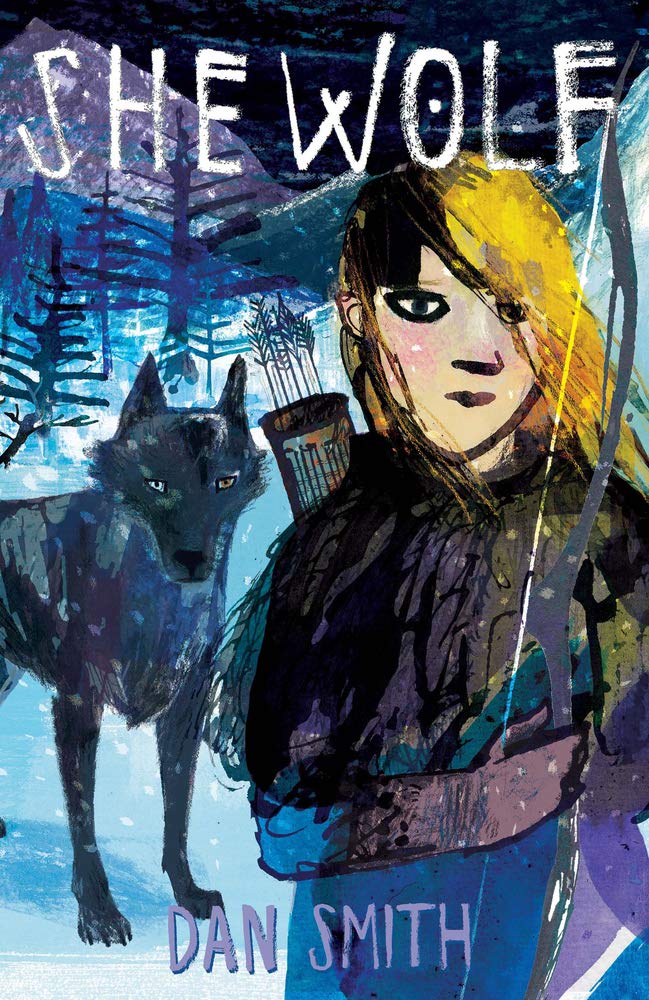Author Dan Smith joins Tom Brassington today in #TheRealm to talk about She-Wolf, a thrilling historical adventure full of Vikings, vengeance and wolves!
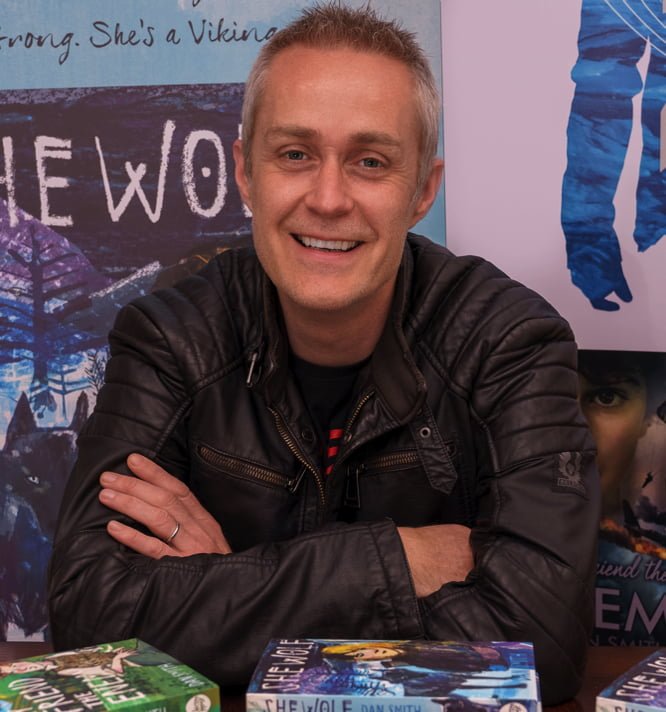
Why did you choose to take the reader back in time so far in She Wolf?
So many reasons, but mainly because I wanted to be cruel to my characters! I wanted to throw them into a lawless, pioneering environment, where life is hard. One of the difficulties in setting a story like this in modern times is that there are so many ways for people to get help. Even lost in the woods, we can take out our mobile phone and call for assistance . . . but not in the year 866. If the characters in She Wolf are going to survive, they’re going to have to be tough.
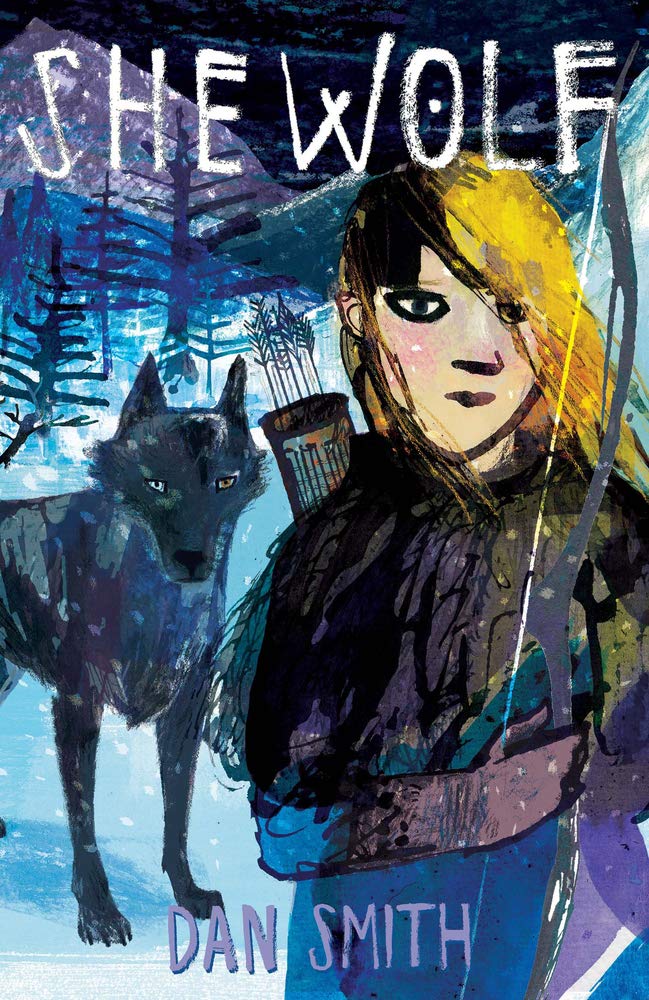
What brought you to Northumbria as a setting?
It just seemed obvious to me. The landscape is wild and beautiful, and the area is deeply connected to Viking history – the Kingdom of Northumbria was a Viking stronghold. Ylva comes to England in the wake of the Great Heathen Army, which marched north to kill the King of Northumbria, so it gave me a chance to weave in a flavour of the Viking sagas and the history that was unfolding around her. The fact that I live right in the middle of what would’ve been called Northumbria might have been a factor, too.
Your character descriptions are vivid and painted with such clarity, do you enjoy the descriptive writing as much as the dialogue sections?
Firstly, thank you very much! I worked hard to bring the story and characters to life. Ylva, in particular, was tricky to write because she’s fierce and direct, but she’s also vulnerable so I wanted readers to warm to her as the story unfolds. Yes, I do enjoy writing description but I always try to break it up with dialogue and action so that the reader constantly feels as if the story is moving forward. Long passages of description can be tiring for the reader and the writer!
The book has a tragic opening, how did you consider writing this section with your desired audience in mind?
Stories can give younger readers a safe place to explore some of the darker aspects of life. Many of the best stories for younger readers have very dark themes at their core. Having said that, I had to be sensitive, of course, but I definitely wanted the story to open with something shocking. I wanted the reader to know that things are almost as bad as they can get for the main character, Ylva. Hopefully that draws the reader in, connecting them to that character, and makes them eager to know what’s going to happen next.
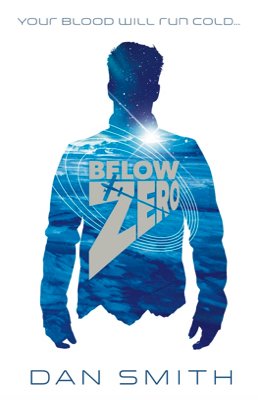
Ylva and Geri have a special bond in the book, what do we learn about Ylva by the way she treats her animal?
Ylva is obsessed with her quest for vengeance. She is fierce and uncompromising, but her bond with Geri reveals the softer side of her character. She loves Geri more than anything in the world, and hopefully that shines through. She also shows care and respect for the other animals in the book (although she does have a disagreement with a bear), showing that while she doesn’t relate well to people, she does have a heart and she does care – she just doesn’t always know how to show it.
What do you think society today can learn from the Viking times?
Well, they did have some bad habits, like raiding, sacrifice, and hitting people with axes, but they had their good points too. Viking culture had a more enlightened view of gender equality than many other cultures at the time, and they were amazing adventurers, shipbuilders, and survivors. Vikings were also very connected to nature and the land around them – something we could learn from today.
Instead of burning and poisoning our planet, we should respect it and nurture it.
At the heart of this story, Ylva has to learn how to trust again. How did you plan for the arc of her character in the story?
I wanted Ylva to grow as a character, but I didn’t want her to change in an unrealistic way, so by the end of the story, she’s still untrusting, but not completely. She’s like a wolf – even when ‘tamed’ she’ll never be totally at ease. What I really wanted Ylva to learn is that sometimes it’s better to just let go of something, and I wanted her to find hope. My problem is that I’m not great at planning, so that meant a lot of back-tracking, editing, and re-writing! I’m pleased with the way it turned out, and I now think Ylva is one of the most interesting characters I’ve written.
We see adults who care and support and also adults who scare and ruin the young girl at the centre of the book. Which adults in your life were influences of either kind at a young age?
Wow, that’s a tough question! My mum and dad were supportive and caring, but they weren’t always available to me because I went to boarding school at a young age. My older brother was a great support and a great friend – though he wasn’t, of course, an adult. On the flip side, I remember some terrifying teachers who did nothing but make me afraid of them. And the problem with boarding school was that there was no escape…
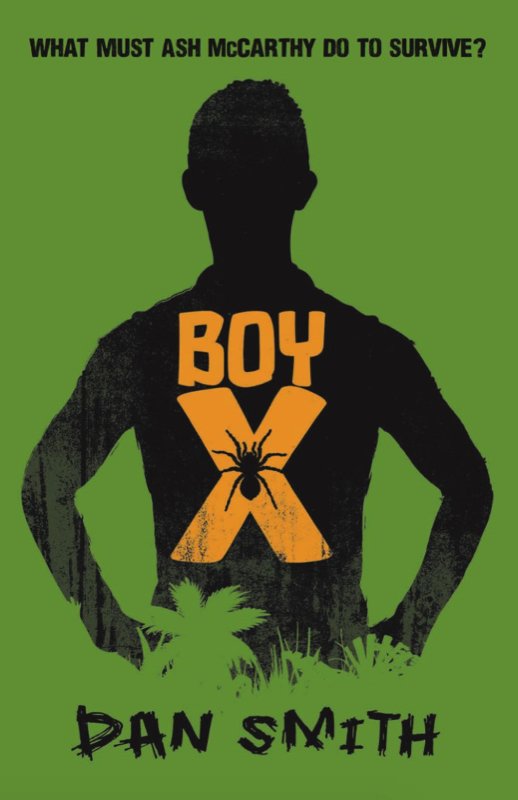
She Wolf is led by an incredible young girl. We see in today’s society, the likes of Greta Thunberg and Malala as young women fighting for change. You also trusted telling this story through the Ylva lens and showing her as powerful, vulnerable and strong. What advice would you give to young people who are passionate about changing the world for the better?
We’re living in a time where our leaders – the people we’re supposed to trust – are acting like petulant, deceitful, greedy children, while young people are trying to highlight injustice and the importance of our maintaining our planet. Young people like Greta Thunberg and Malala give me hope for future generations. My advice to them is to stay strong, stay passionate, and come out fighting every day.
The book ends with a revelation from Ylva- a final piece in a puzzle, how important is it to you as an author to tie up loose ends?
For me it’s not hugely important. I love a story that makes me feel as if it began before I opened the pages, and continues after I close them. I don’t necessarily think that all loose ends need to be tied up, but I do think an ending needs to be satisfying. Particularly for younger readers – they need to feel that there is some kind of resolution.
